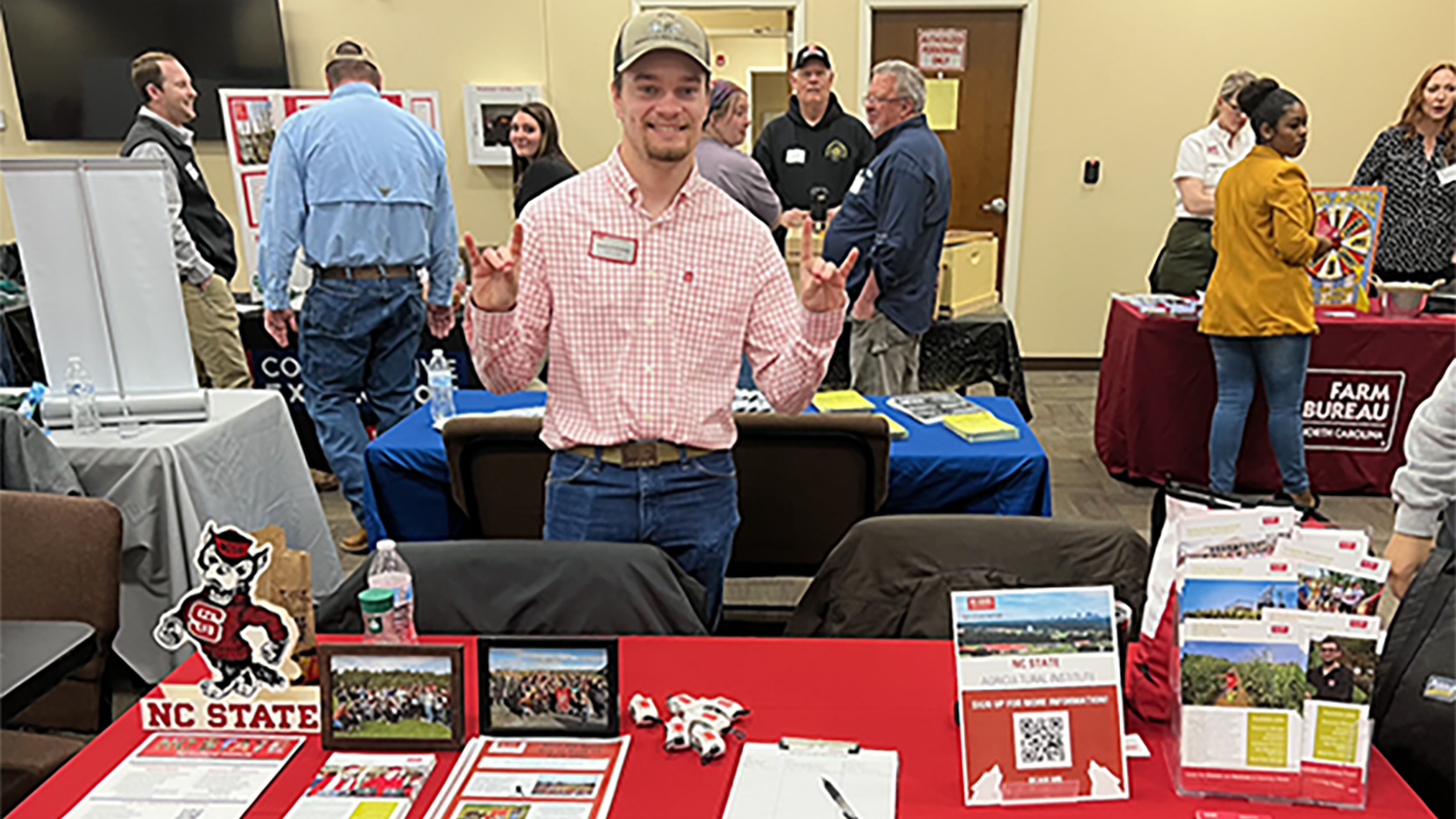The Hands That Feed Us

During the pandemic, legal immigration into the United States ground to a screeching halt, with one exception: farmworkers.
“Farmworkers were declared essential during the pandemic because the number one need that we have as human beings is to eat. And our food is harvested by the hands of farmworkers in many cases. The pandemic brought to light the relevance of essential workers that you normally don’t see,” says Alejandro Gutierrez-Li, an assistant professor in the Department of Agricultural and Resource Economics.

While the agricultural sector has been dealing with labor shortages for over 30 years, he says that the widespread shortage of labor induced by the pandemic highlighted the need for more research and extension efforts focused solely on labor. He came to NC State in 2020, in the midst of the pandemic, to start the novel Agricultural Labor Extension Program.
As a labor and immigration economist, Gutierrez-Li is the only Extension specialist in North Carolina focused solely on labor issues. In fact, Gutierrez-Li says he is the only specialist in the southeast working primarily on agricultural labor issues as most researchers are concentrated in California, where the labor constraints and crops are different than in the southeastern region.
“This program is important because the most relevant crops that we grow in this part of the country are very labor-intensive,” he says.
Unlike the mechanized production of corn and soybeans in the midwest, North Carolina grows a unique and diverse suite of crops that are difficult and expensive to mechanize, like sweetpotatoes, apples, blueberries, poultry, tobacco, Christmas trees and many others.
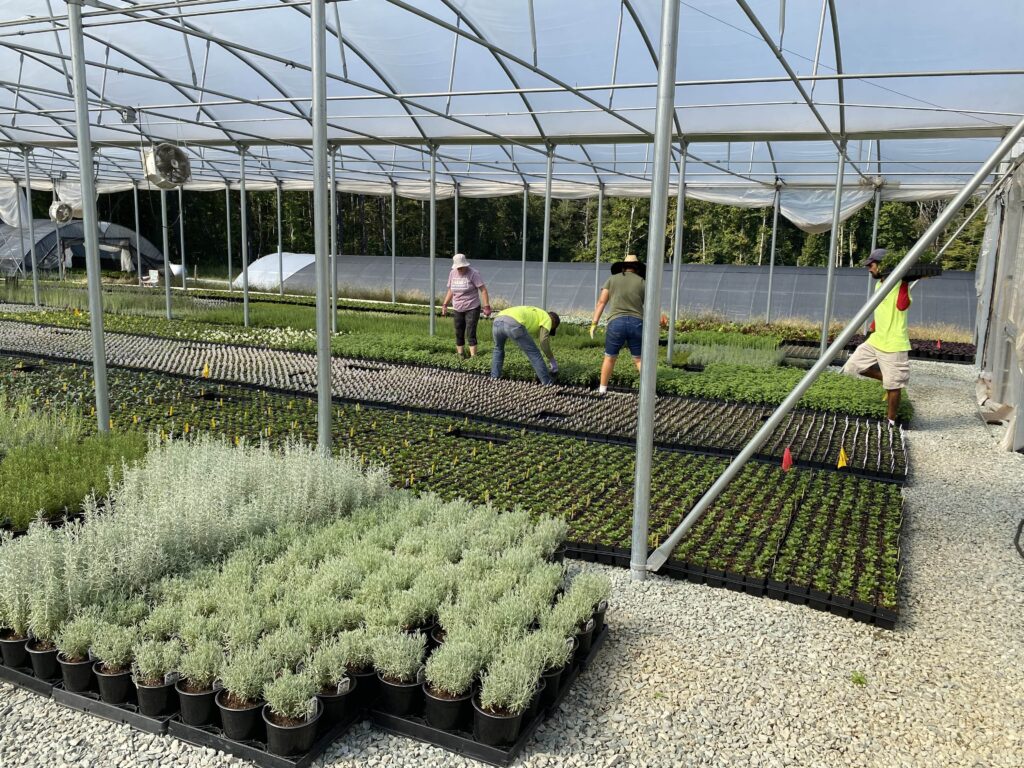
“Producers face many challenges like pests, water access, weather and trade issues. But more often than not, farmers always say that not having access to enough workers is their main problem,” Gutierrez-Li says.
Since arriving in North Carolina, he has found that the limited access to farmworkers in the state is twofold. On one hand, agricultural work is very physically demanding, and the domestic workforce is not interested in farm work or has better opportunities. At the same time, North Carolina’s rapid growth bolsters the construction industry, which poaches agricultural workers with applicable skill sets and tends to pay higher wages.
“I am a labor economist analyzing labor markets in general. Because of my role at NC State, I focus on agriculture, but everything in the economy is interrelated,” Gutierrez-Li says.
In addition to providing resources to farmers and their workers as issues arise, like this year’s record-breaking heat waves, Gutierrez-Li’s program addresses three broad agricultural labor issues.
- Availability of labor: Gutierrez-Li seeks to understand the labor market and visa programs like H-2A, communicate his findings to farmers, and inform policy debates at the state and federal level based on research insights.
- Mechanization: Gutierrez-Li collaborates with engineers to gain a better understanding of the role of mechanization in helping farmers address their labor challenges.
- Retention: Gutierrez-Li leverages his Spanish to communicate with farmworkers about their needs and incentives to work on North Carolina farms.
“In terms of agriculture, the majority of new workers coming to North Carolina are H-2A workers. That is the visa program that allows farmers to hire workers from other countries legally to come and work on U.S. farms,” Gutierrez-Li says. “North Carolina has been in the top five demanding states of H-2A workers in the entire country, which comes to show, A, how relevant the need for workers is, and B, how significant the labor shortages are.”
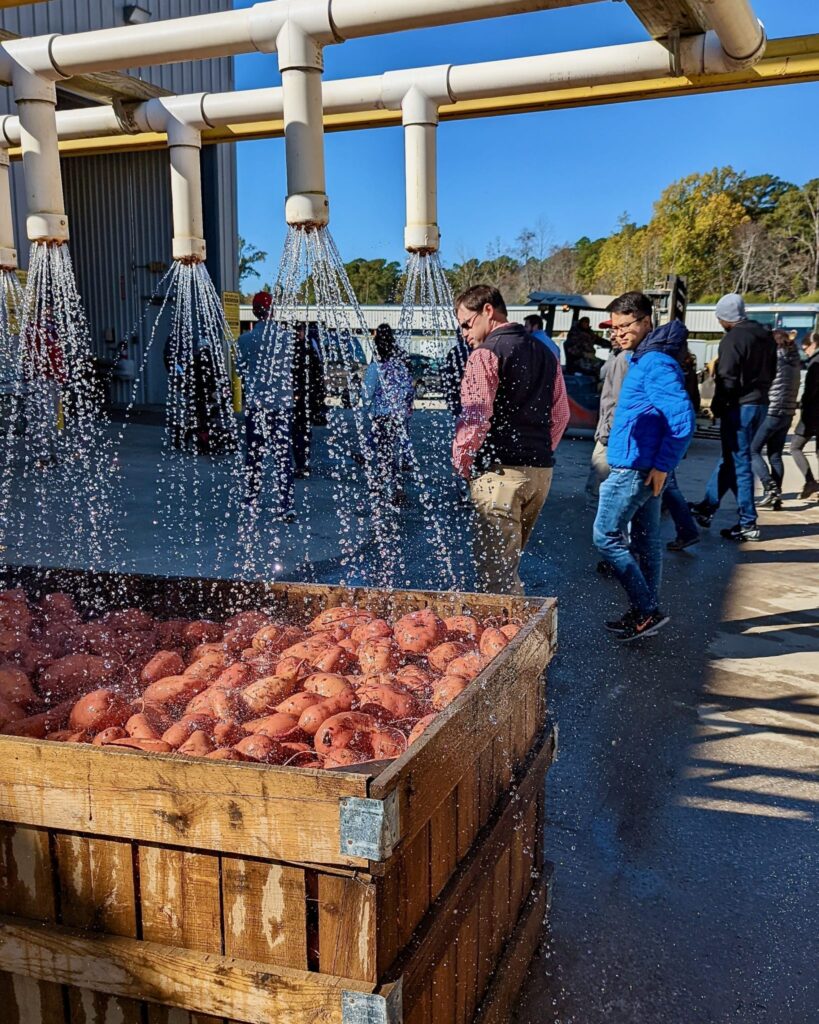
But the H-2A program has its limitations. Farmers can only hire workers for up to ten-month periods and only if their work is seasonal in nature. For example, H-2A does not apply to the dairy industry that requires year-round milking. The H-2A program is also expensive and requires a significant amount of paperwork on the part of both the farmer and the farmworker.
Experts familiar and involved with the H-2A program, including Gutierrez-Li himself, have suggested making at least four major amendments to the program for several years:
- Allowing workers to stay in the country all year, effectively removing the ten-month limit and allowing them to work for multiple employers with various seasonal needs.
- Providing a pathway for farmworkers to gain permanent residency if they meet certain conditions.
- Allocating a fixed number of visas for non-seasonal sectors, like dairy.
- Reducing excessive red tape and costs that harm both farmers and farmworkers.
In terms of addressing retention issues, Gutierrez-Li says, “workers in general like the opportunity to come to the U.S. and work as many hours as they can. Wages here are way higher than in Mexico, and workers are provided housing and transportation at no cost to them.”
But the H-2A program makes some farmworkers unhappy for other reasons, such as restrictions on bringing family members to the U.S., traveling home, visa processing times and burdensome paperwork.
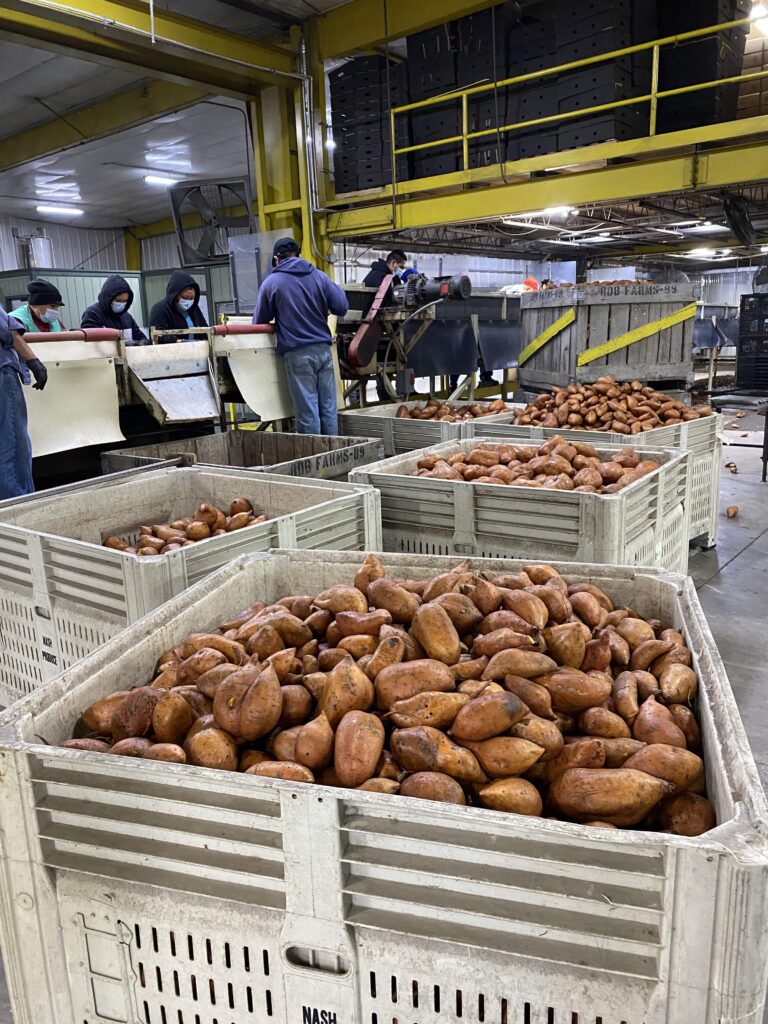
Farmworkers also value opportunities to learn new skills. While the bulk of H-2A visas are given for harvesting, farms also need people to operate machinery, manage irrigation systems, sort and pack, apply pesticides and manage other workers. Providing opportunities for farmworkers to learn new skills is one way Gutierrez-Li says farmers can retain employees season after season.
“We need to keep feeding our growing population. To achieve this goal we have limited options,” Gutierrez-Li says. “Either you bring workers from abroad, given that the domestic workforce has lost interest in field work, or you import food from other countries, which poses national security concerns. In addition, we can try to mechanize production processes. That’s the other part of the equation here.”
Gutierrez-Li studies the costs and benefits of farmers adopting machines on their farms. A common misconception about automation is that it replaces workers and takes away jobs, but Gutierrez-Li stresses that in general, this is not always the case. Mechanization is a solution for the labor shortage, but only in the medium and long term. The lack of immediacy is either because the machines and technology have not been invented yet, or, if they do exist, are prohibitively expensive for farmers to adopt.
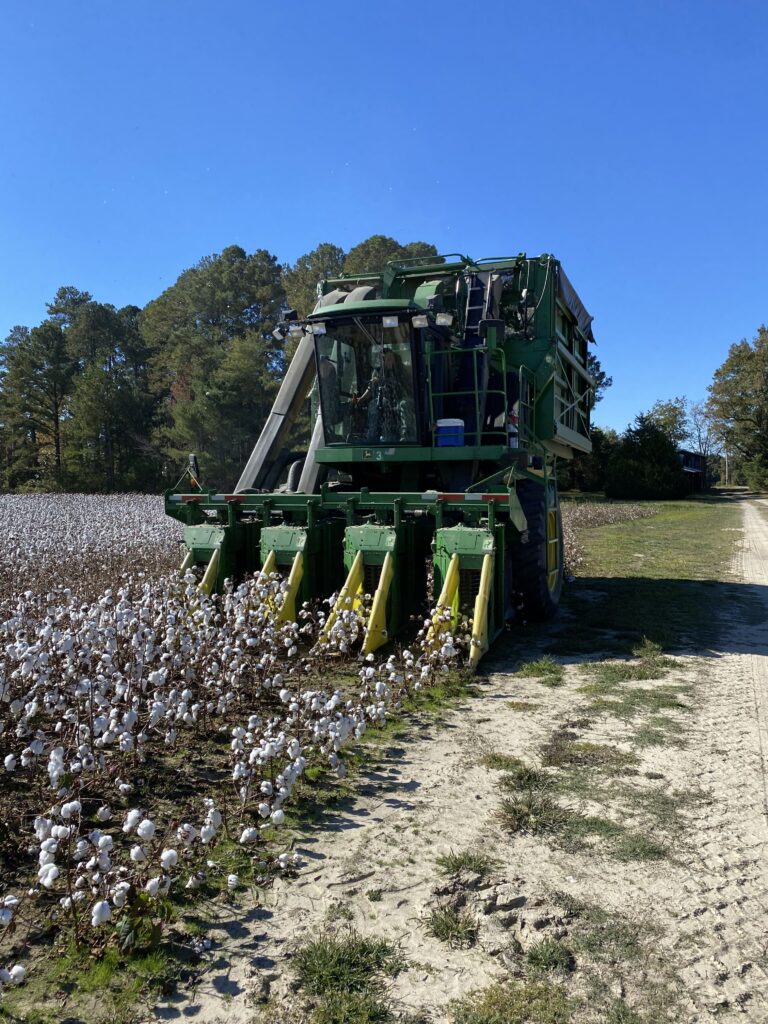
“At the end of the day, no matter how much AI, machine learning and technology we develop, we still need humans for other tasks. Machines like robots tend to complement, not necessarily substitute, the tasks performed by humans and we need people to fix and operate these technologies. Additionally, we tend to rely on and trust people more than machines,” Gutierrez-Li says.
Gutierrez-Li warns that if we don’t deal with farm labor shortages as we should, more farms will go out of business, the farming community will shrink and become more concentrated in larger operations, rural communities will wither, and we’ll end up having to import more of our food. For an agricultural powerhouse like North Carolina–a state that derives over $100 billion in economic activity from the food and agriculture sector and employs 1 in every 6 employees in food and farming–a farm labor problem also becomes an economic problem, a cultural problem, and at the end of the day, a problem for our state’s identity.
This post was originally published in Plant Sciences Initiative.

